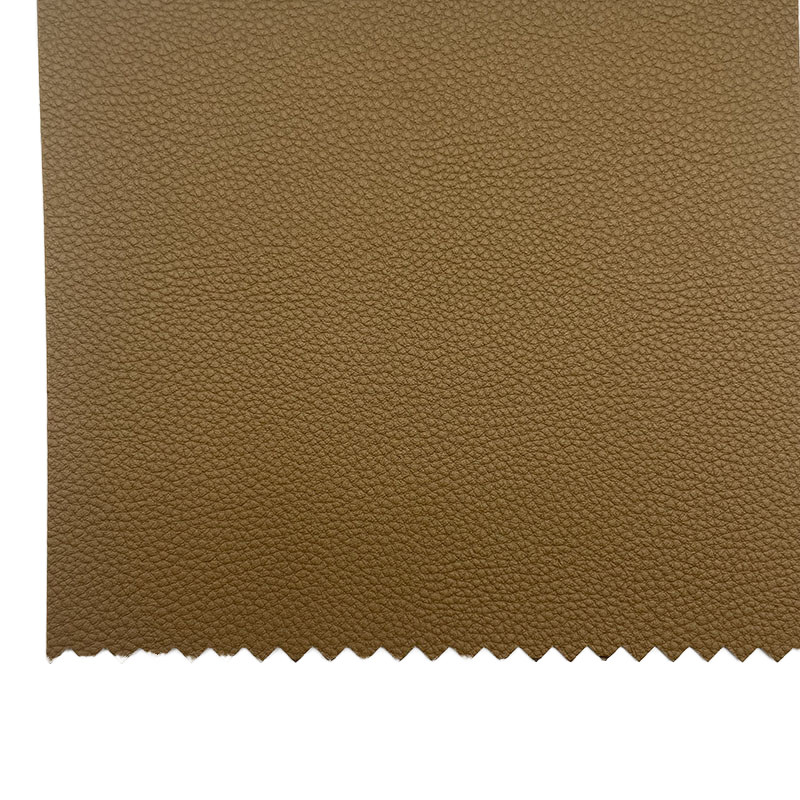The Versatility of Leather Material in Bookbinding: A Comprehensive Guide
Jul 22,2025

Leather material for binding books has long been favored by artisans and publishers alike due to its unique combination of durability, aesthetic appeal, and versatility. In the realm of bookbinding, leather serves not only as a protective cover but also as a statement of quality and craftsmanship. Understanding the various types of leather available, along with their properties and uses, is essential for anyone involved in the bookbinding industry.
One of the most commonly used types of leather for bookbinding is cowhide. Known for its strength and resilience, cowhide is often chosen for its ability to withstand wear and tear, making it an ideal choice for books that are frequently handled. The natural grain patterns of cowhide also add an element of beauty, enhancing the overall appearance of the finished book.
Another popular choice is sheepskin leather, characterized by its softness and lightweight nature. Sheepskin is often used for luxury editions or personal journals, where a softer touch is desired. Additionally, its ability to take on rich colors and finishes makes sheepskin a favorite among those seeking to create visually striking bindings.
For a more environmentally friendly option, many bookbinders are turning to eco-leathers. These materials are often made from plant-based sources, offering a sustainable alternative to traditional leather. While they may not provide the same level of durability as animal leathers, eco-leathers can still deliver an appealing aesthetic and are often treated to enhance their longevity.
When considering leather material for bookbinding, it's crucial to think about the intended use of the book. For instance, a journal that will be used daily may require a more robust leather, while a decorative coffee table book could benefit from the elegance of a softer leather. The choice of leather also influences the binding technique; for example, more rigid leathers may work best with traditional hardcover methods, while softer leathers can be used effectively in flexible bindings.
Incorporating leather into bookbinding not only elevates the physical attributes of the book but also contributes to its longevity. Proper care and maintenance of leather-bound books can significantly extend their lifespan, making them not just a product but an investment in quality. Techniques such as using a leather conditioner or avoiding exposure to excessive moisture can help maintain the integrity of the binding over time.
In conclusion, leather material for binding books encompasses a wide array of options, each with its unique attributes and benefits. Whether you opt for cowhide, sheepskin, or eco-leather, understanding the properties of these materials will empower you to make informed decisions that enhance the quality and appeal of your bookbinding projects.
One of the most commonly used types of leather for bookbinding is cowhide. Known for its strength and resilience, cowhide is often chosen for its ability to withstand wear and tear, making it an ideal choice for books that are frequently handled. The natural grain patterns of cowhide also add an element of beauty, enhancing the overall appearance of the finished book.
Another popular choice is sheepskin leather, characterized by its softness and lightweight nature. Sheepskin is often used for luxury editions or personal journals, where a softer touch is desired. Additionally, its ability to take on rich colors and finishes makes sheepskin a favorite among those seeking to create visually striking bindings.
For a more environmentally friendly option, many bookbinders are turning to eco-leathers. These materials are often made from plant-based sources, offering a sustainable alternative to traditional leather. While they may not provide the same level of durability as animal leathers, eco-leathers can still deliver an appealing aesthetic and are often treated to enhance their longevity.
When considering leather material for bookbinding, it's crucial to think about the intended use of the book. For instance, a journal that will be used daily may require a more robust leather, while a decorative coffee table book could benefit from the elegance of a softer leather. The choice of leather also influences the binding technique; for example, more rigid leathers may work best with traditional hardcover methods, while softer leathers can be used effectively in flexible bindings.
Incorporating leather into bookbinding not only elevates the physical attributes of the book but also contributes to its longevity. Proper care and maintenance of leather-bound books can significantly extend their lifespan, making them not just a product but an investment in quality. Techniques such as using a leather conditioner or avoiding exposure to excessive moisture can help maintain the integrity of the binding over time.
In conclusion, leather material for binding books encompasses a wide array of options, each with its unique attributes and benefits. Whether you opt for cowhide, sheepskin, or eco-leather, understanding the properties of these materials will empower you to make informed decisions that enhance the quality and appeal of your bookbinding projects.






